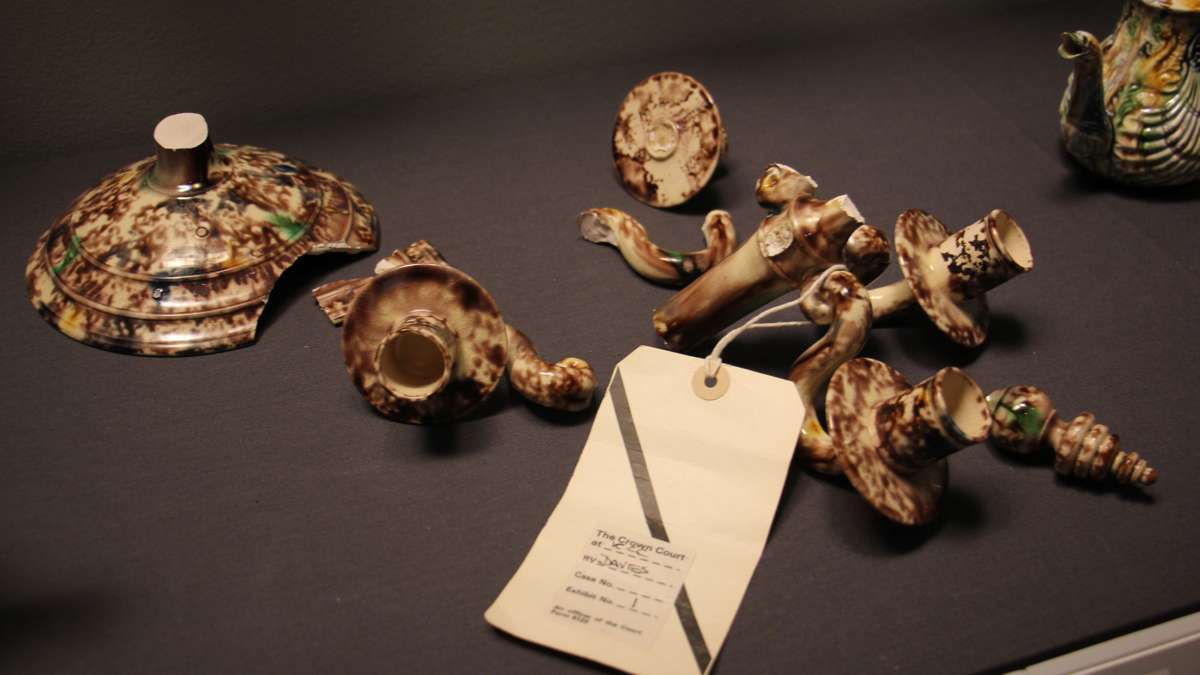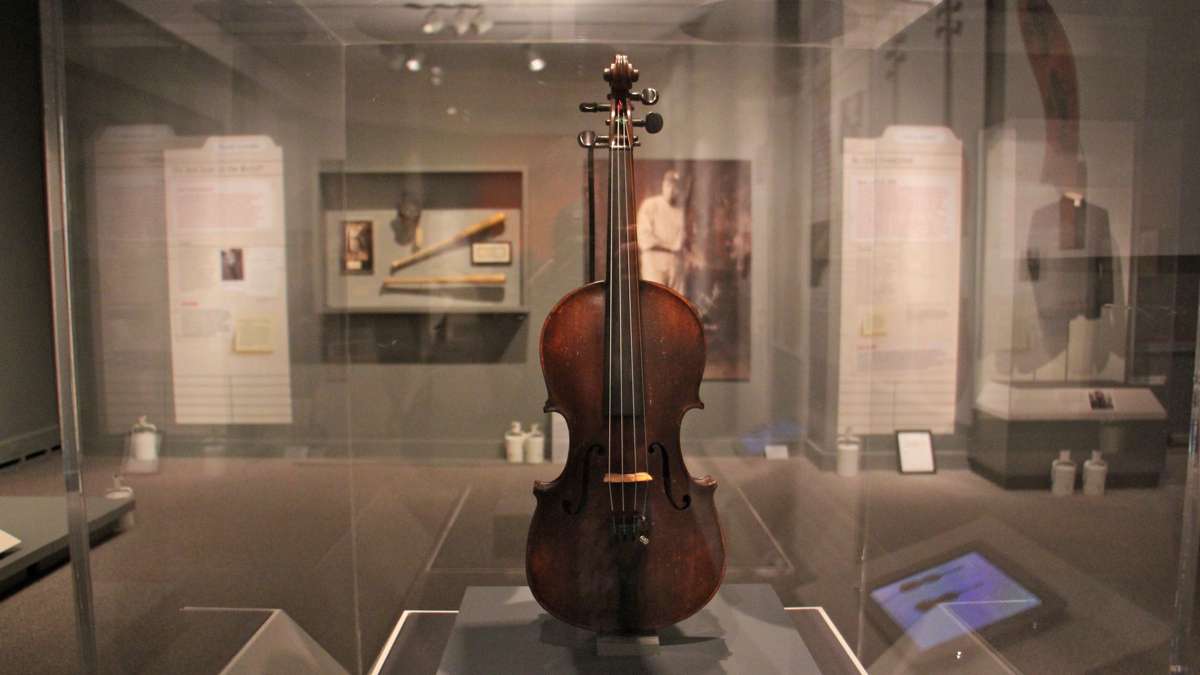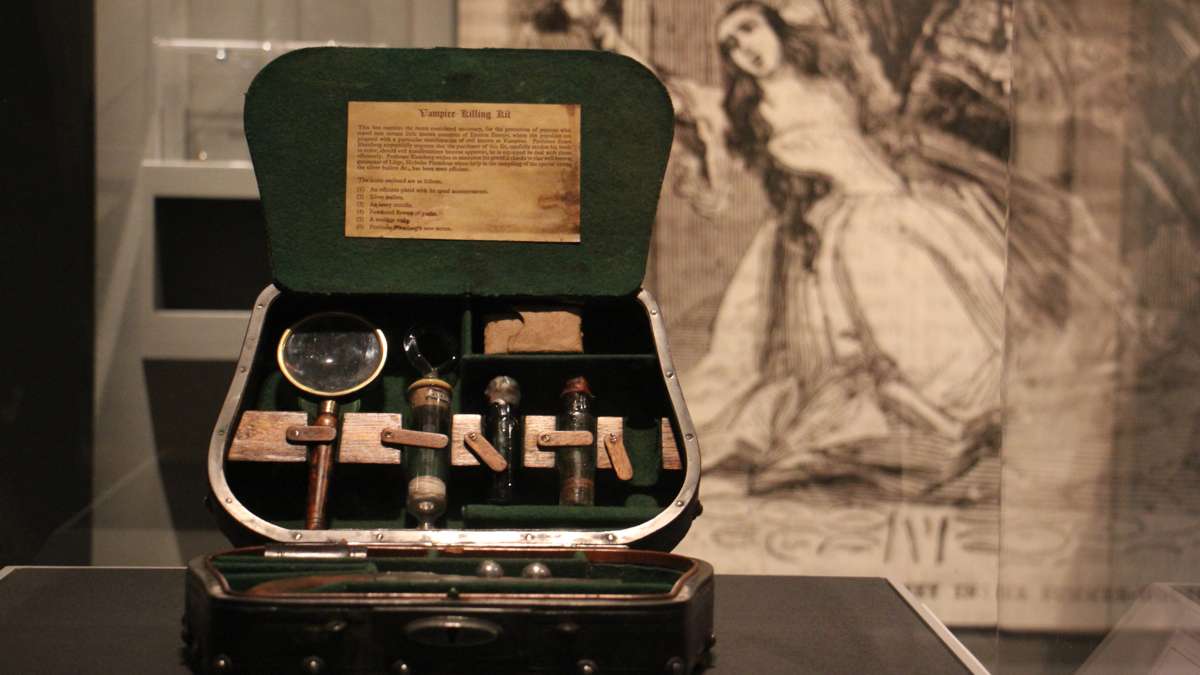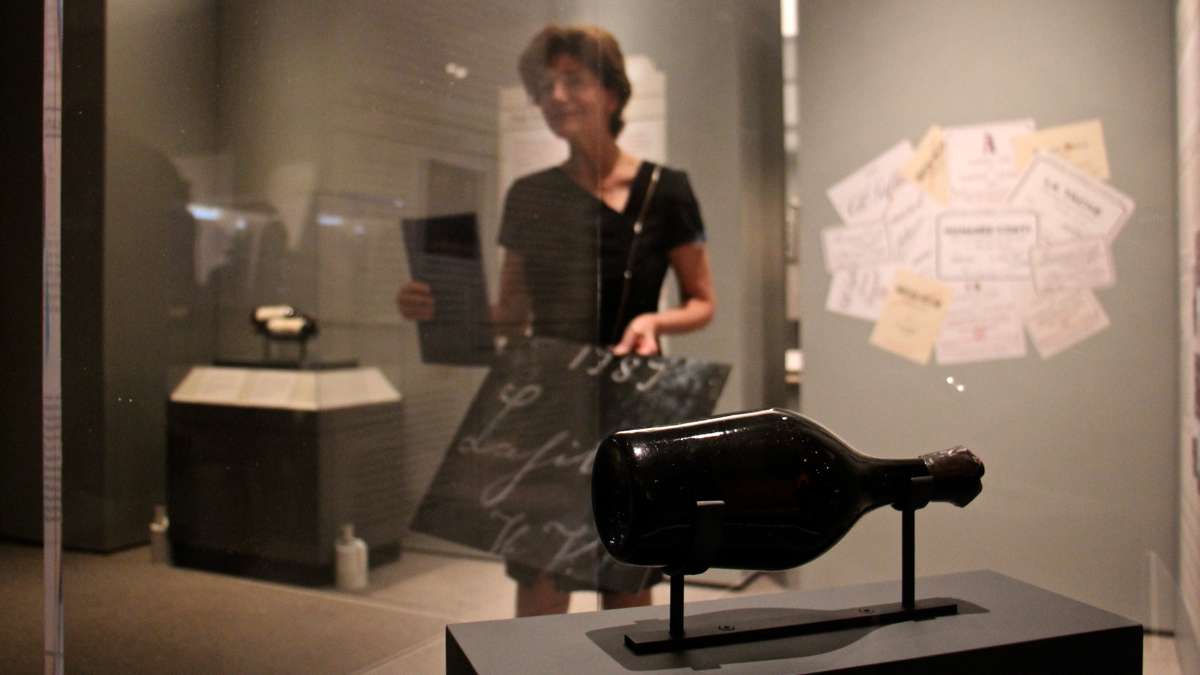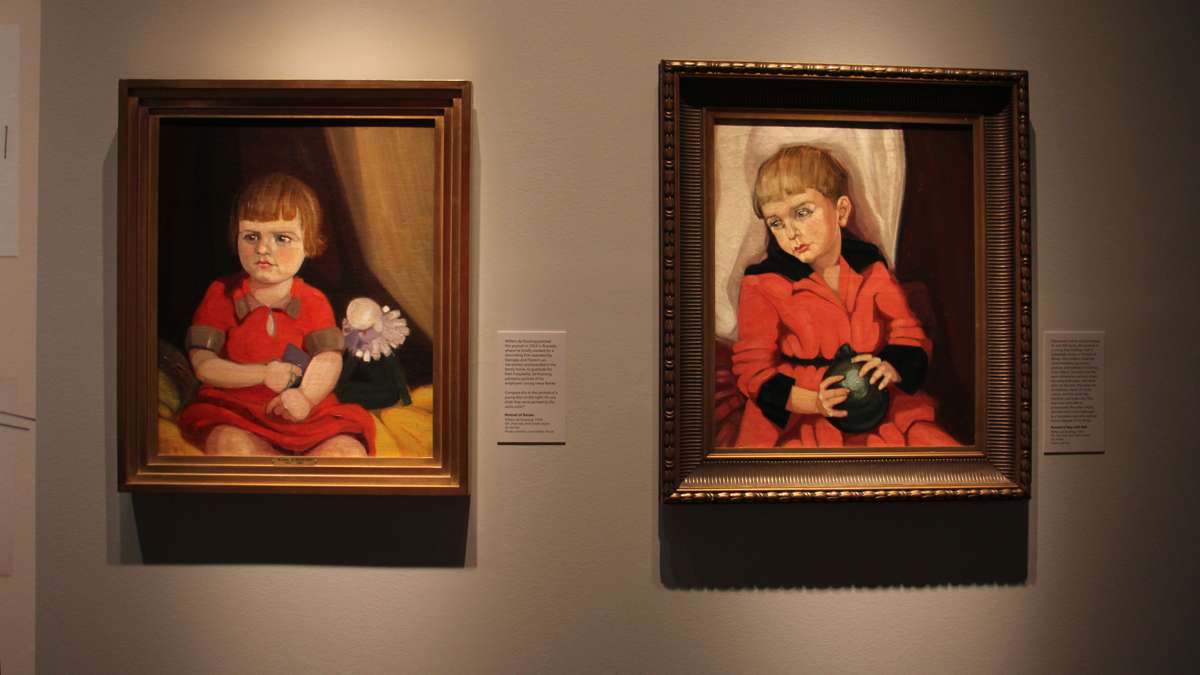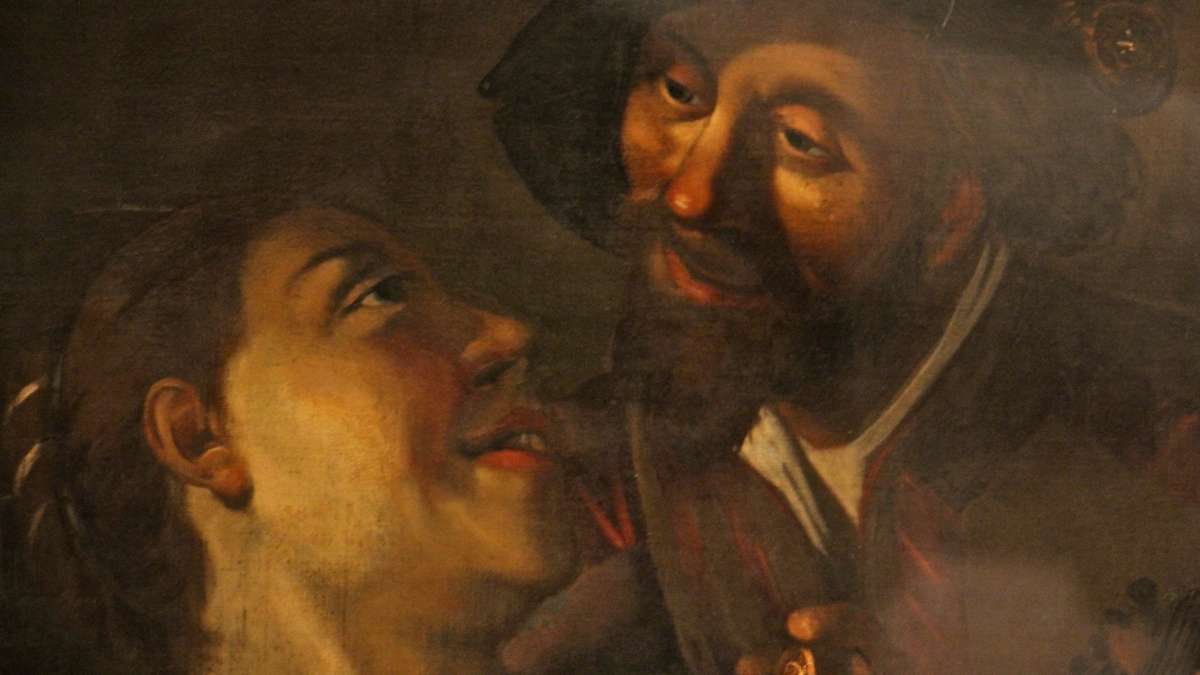Winterthur exhibit takes a second look at old masters of deception
ListenThis weekend, the Winterthur Museum and Garden in Delaware opens an exhibition of fakes — forged art and objects that were successfully passed off as authentic.
“Treasures on Trial: The Art and Science of Detecting Fakes” is art-heavy, but also has Tiffany lamps, Birkin bags, a Stradivarius violin, a Babe Ruth baseball glove — all remarkably good fakes.
It even has wine. People don’t actually make bogus wine, but rather fabricate bottles and labels to pass the cheap stuff off as historic vintages — a scam that caught billionaire Bill Koch.
Every fake has a story. Elmyr de Hory sold thousands of fake paintings into the art market, many of which may still be undetected. He was the subject of the Orson Welles’ documentary “F for Fake.” His illicit works became so notorious they became their own market. Thus, people now forge his fakes.
In the early 20th century, the Dutch artist Han van Meegeren faked old Dutch Masters paintings by mixing Bakelite — an early form of molded plastic made from carbolic acid and formaldehyde — into his paints to make them harden quickly and appear to be centuries old.
Van Meegeren knew that, at the time, the best test to determine the age of a painting was to poke a heated needle into the paint surface. A young painting would yield to the needle; the oil paint of an older (authentic) work would be too hard to penetrate. So, the faker’s work-around was to plastinate his pigment.
Van Meegeren even fooled the Nazis, selling to the Germans occupying The Netherlands what they believed were treasures of Dutch cultural heritage — a treasonous crime in the eyes of Dutch law that could have carried a death sentence after the war.
“His defense against that was that he sold them fakes,” said curator Linda Eaton. “He had to prove in court that he made fakes. He was trying to prove that his fakes were fake.”
The exhibition at Winterthur is laid out as a series of forensic dossiers, itemizing the fake (sometimes accompanied by a reproduction of the original), a bio on the perp, and the means by which the culprit was caught.
“The attribution process has been likened to a three-legged stool,” said Colette Loll, an art forensics consultant based in Washington, D.C., and co-curator of this exhibition. “The art historical or provenance of an object, the connoisseurship or stylistic abilities, and finally the scientific analysis.”
Technology has brought that third leg of the stool — scientific analysis — to the forefront. Using mass spectrometers and X-ray diffraction, experts can determine with great accuracy the makeup of paint, metal, ceramics, or any material of an art object. They can then determine if that material would have existed at the time of the artist.
“Scientific analysis doesn’t always answer the question,” said Eaton, who is also Winterthur’s director of collections. “We’ve got things in this collection — like a weathervane — analytically nothing was wrong. But from a connoisseur’s point of view, compare it to other pieces and it’s a honking big fake.”
Eaton said fakes were discovered in the collection at Winterthur, a house museum once owned by Henry Francis du Pont, with a renowned collection of antiques and Americana.
In addition to a staff of art and materials scholars, the museum has its own analytical lab, complete with sophisticated equipment like an electron microscope and X-ray fluorescence spectrometer.
Even if the fake is found out, the forger may not be convicted. In the U.S., it is illegal to sell bogus art, but it’s not illegal to make it.
“Many European nations and older counties with a longer history of cultural heritage and protection have anti-forgery laws on the books. We don’t here in the U.S.” said Loll. “You can be convicted of fraud, however. In order to prove art fraud, you have to prove the work is inauthentic, and then you have to prove there was an intent to deceive.”
Intent to deceive can be tricky. Take the case of Mark Landis. He posed as a priest to donate his faked artwork to museums on behalf — as he claimed — of the estate of his dead parents.
He never asked for money, and he never took a tax write-off. Rather, he was clinically schizophrenic and was compelled to do this. Because he did not financially benefit from the scam, he could not be convicted of fraud.
He donated to about 50 museums before he was caught, some of which may still display the fakes as real.
WHYY is your source for fact-based, in-depth journalism and information. As a nonprofit organization, we rely on financial support from readers like you. Please give today.



